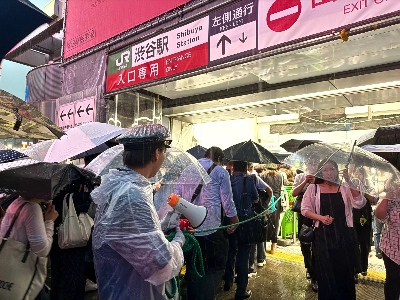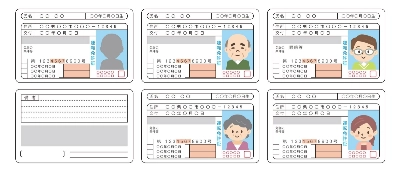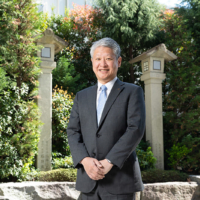This is the fifth in a 10-part series on influential figures in the Heisei Era, which began in 1989 and will end when Emperor Akihito abdicates in April. In Heisei, Japan was roiled by economic excess and stagnation, as well as a struggle for political and social reform. This series explores those who left their imprint along the way.
Many Japanese filmmakers try to promote their films and talents abroad but stumble more than they succeed: Either Cannes rejects their latest masterpiece or Hollywood turns down their J-horror script.
By contrast, Takeshi Kitano, the country's most internationally celebrated director of the 1990s, began his rise almost by accident.

















With your current subscription plan you can comment on stories. However, before writing your first comment, please create a display name in the Profile section of your subscriber account page.